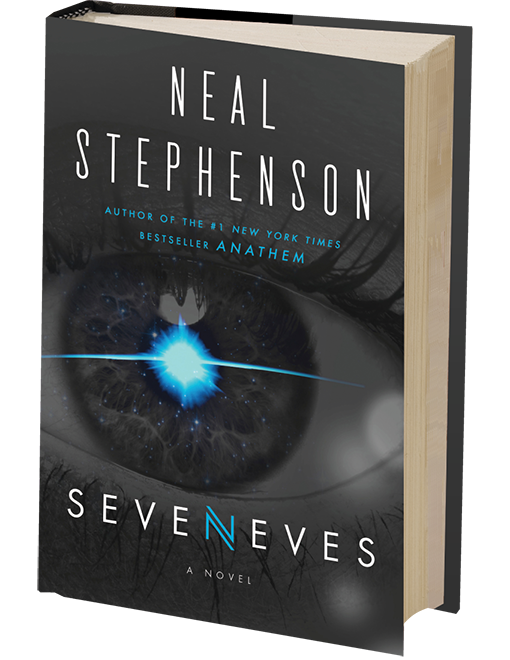The Reeve Effect | The New Yorker
The home of the actor Christopher Reeve is in the middle of horse country. He lives in Westchester County, down a winding country road that takes you past several estates with stables and riding tracks. At the end is a sprawling farmhouse set on a hill and surrounded by spruce and oak; a graded incline provides wheelchair access to the front door.
It has been eight years since Reeve broke his neck at an equestrian competition in Culpeper, Virginia. After his horse, Buck, stopped suddenly in front of an obstacle, Reeve flipped forward and suffered what doctors call a “hangman’s injury”: a fracture of the upper cervical vertebrae. Death by hanging often results from suffocation, and Reeve was heard to say, “I can’t breathe.”
The crushed vertebrae caused massive hemorrhaging within Reeve’s upper spinal cord. The location of a spinal-cord injury determines its consequences. Indeed, a minute difference in the trajectory of Reeve’s fall would have left him in dramatically different circumstances. An MRI scan that Reeve received after his accident suggested that if he had landed with his head onesixteenth of an inch to the left he would have died instantly. An impact slightly more to the right would have left him with a concussion, and he would have been back on his feet within weeks.
Reeve’s injury left him paralyzed from the shoulders down. He was unable to breathe on his own, and doctors at a Virginia hospital immediately placed him on a ventilator. Reeve was informed that his injury was permanent, and that he would no longer feel sensation in ninety per cent of his body.





















